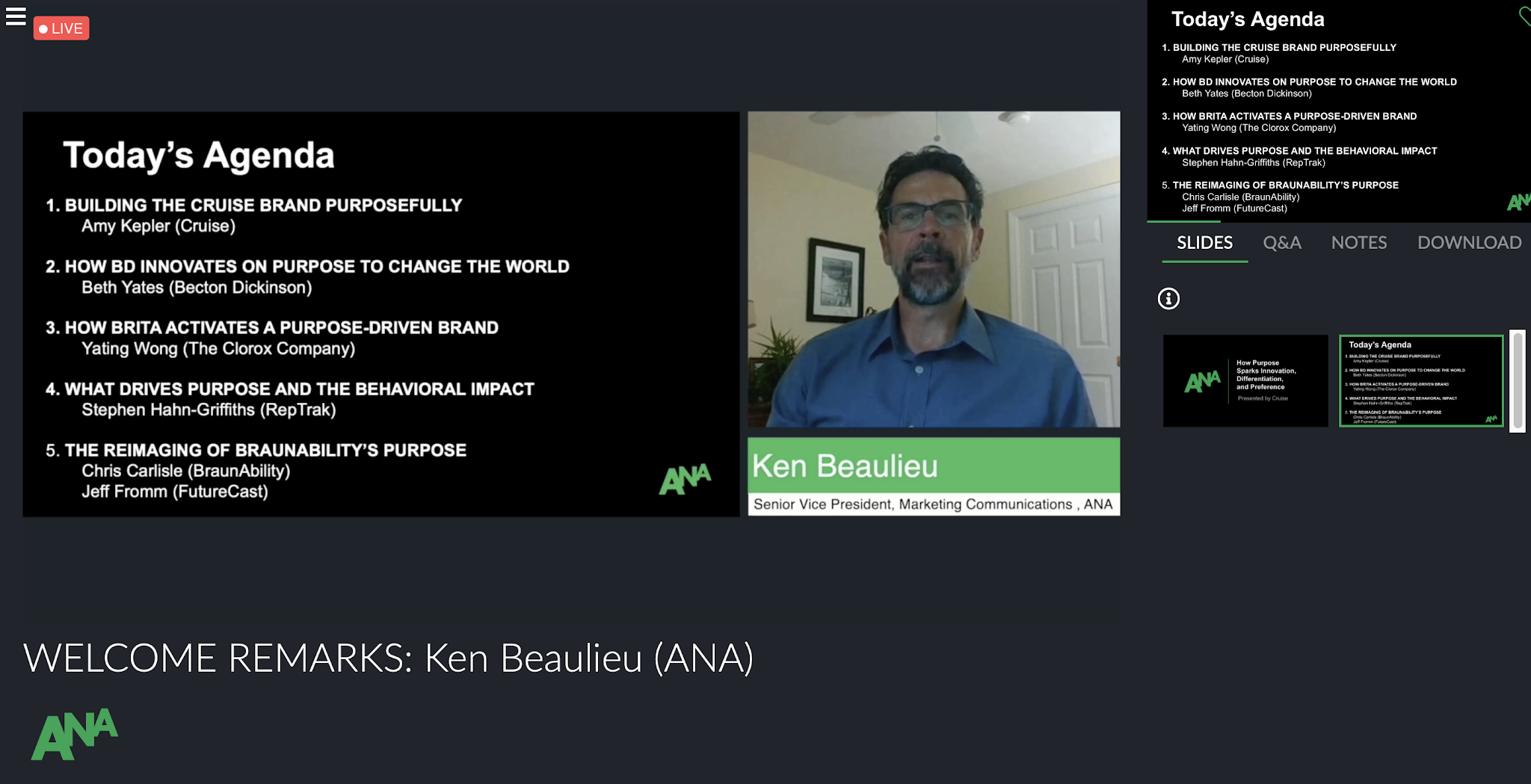HAATBP: When advertising meets social issues
“Advertising is about sharing ideas across races, cultures, genders, religions and generations, and creatives in the advertising. Diversity matters. But wait, is our advertising industry diverse?”
“How can we talk about creativity and diversity, if most advertising agencies are still so homogenous?”
“How can we bring more diversity to the communication world?”
“Advertising is about selling. It aims at changing something - brand perception, consumers’ preference, customers’ behavior, etc. But other than that, can it also change something that will help the society to move forward?”
“From the agency’s standpoint, how can we bring positive impact for the society, in response to the social issues?”
Have you ever wondered about these questions? The One Club's Here Are All The Black People (HAATBP), a highly anticipated annual multicultural creative career fair that brings multicultural students, recent graduates, and creative professionals together to learn, share ideas, network, and interact with each other, touches many of the questions above. It was created after a panel discussion between advertising greats discussing the lack of diversity in the creative departments in advertising agencies, when one of the speaker asked, "Where Are All The Black People?”
This was my second time to attend this event. I not only got lots of useful feedback during the portfolio review session, but also learned so many insights from the Keynote Speaker Session - Franchesca Ramsey’s talk, the first panel discussion - When Advertising Matters, and the mentor session, which offers great opportunities for students to interact with creatives at the top of their career, including Jeff Benjamin, Creative at Lewis Williams, and Chief Creative Officer at Burrell Communications.
During the Keynote Speaker session, Franchesca Ramsey shared her story starting from her college years and about how she shifted her career path from a graphic designer to a celebrity making online video about social issues social. Interestingly, the turning point of the shift was all because of an video she posted on Youtube just for fun - “Shit White Girls Say...to Black Girls”.
Franchesca Ramsey is the best example of someone who has a sense of humor, talks about social issues in a comedy way, well-harnesses the power of different kinds of digital platform, and successfully makes her ideas viral.
The main intent of Franchesca Ramsey’s video is not just to drive people’s attention to these issues, but address further conversations. She said, “When you see or hear people saying something that is offensive to you, blocking people out is not gonna make any changes. Instead, this is the best opportunity for you to bring that person in front of you and start a conversation!” After all, starting a conversation is the first step to understanding and respect.
Gradually, Franchesca Ramsey became the voice for the voiceless, or the underprivileged people. However, she also made some mistakes at saying something that could be offensive to some people. For example, she didn’t know her sense of humor can sometimes hurt some people’s feelings until she made a video talking about transgender people. Learning from this lesson, she said, “ ‘I’m sorry if you are offended’ is the worst apology you can make.” After all, “Your intension is not the problem, but your impact is.”
The most memorable takeaway for me was that she emphasized the power of the social media.
When you want to so something you think is meaningful and can help the society moving forward, just do it, because most of the time, our impact on social media is huger than we thought.
This year, the morning panel discussion - When Advertising Matters consists of five speakers: Susie Nam, Chief Operating Officer at Droga5, Karina Wilsher, CEO & Partner at Anomaly, Jimmy Smith, Founder and CCO at Amusement Park Entertainment, Pippa Seichrist, Cofounder, Director of Innovation & Development at Miami Ad School, and Mike Lescarbeau, Chief Executive Officer at Carmichael Lynch.
They provided a lot of advice for the audience for their future career. During the Q&A session, when asked how important it is for designers to have a strong personal style, one of the speaker said that “having a voice is much more important than having a style.” It is because voice is more about what message to communicate, while style is more about the final execution.
They reminded us to be careful when addressing social issue to the concept. They said, “using social issues in a concept is like using celebrities, because everybody knows it, It’s borrowed interests, and audiences nowadays are too smart. Hence, you have to use it wisely.”
They also reminded us to create something that makes sense to ourselves, “because sometimes the easiest way to get something wrong is to get everything right.”
Finally, they particularly mentioned the importance of being a junior creative. A lot of young creatives may not feel fulfilled because currently they don’t have full control of their projects yet. “But please don’t quit”, said Mike Lescarbeau, Chief Executive Officer at Carmichael Lynch, “as a junior creative, this is your best chance to learn to listen, which is one of the most important ability for becoming an art director.”





